
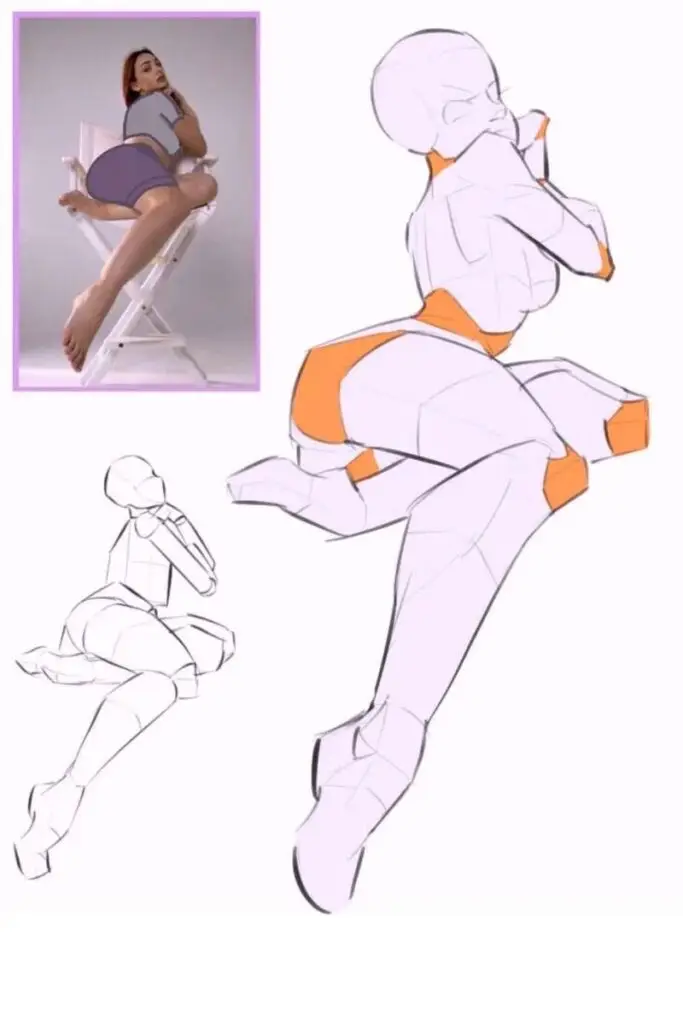
Body drawing, also known as figure drawing, is one of the most captivating and challenging forms of artistic expression. It involves capturing the human form in all its complexity, from the subtle curves of muscles to the dynamic poses that convey emotion and movement. Whether you’re an aspiring artist or a seasoned professional, mastering body drawing can open up new creative possibilities and deepen your understanding of anatomy, proportion, and composition. In this article, we’ll explore the essentials of body drawing, share practical tips, and provide inspiration to help you get started or refine your skills.
Why Body Drawing Matters


The human body has been a central subject in art for centuries, from the classical sculptures of ancient Greece to the expressive sketches of the Renaissance masters. Drawing the body is not just about replicating what you see; it’s about understanding the structure beneath the skin, the way light interacts with flesh, and how posture communicates emotion. For artists, figure drawing is a foundational skill that enhances their ability to depict realistic characters, create dynamic compositions, and tell compelling stories through their work.
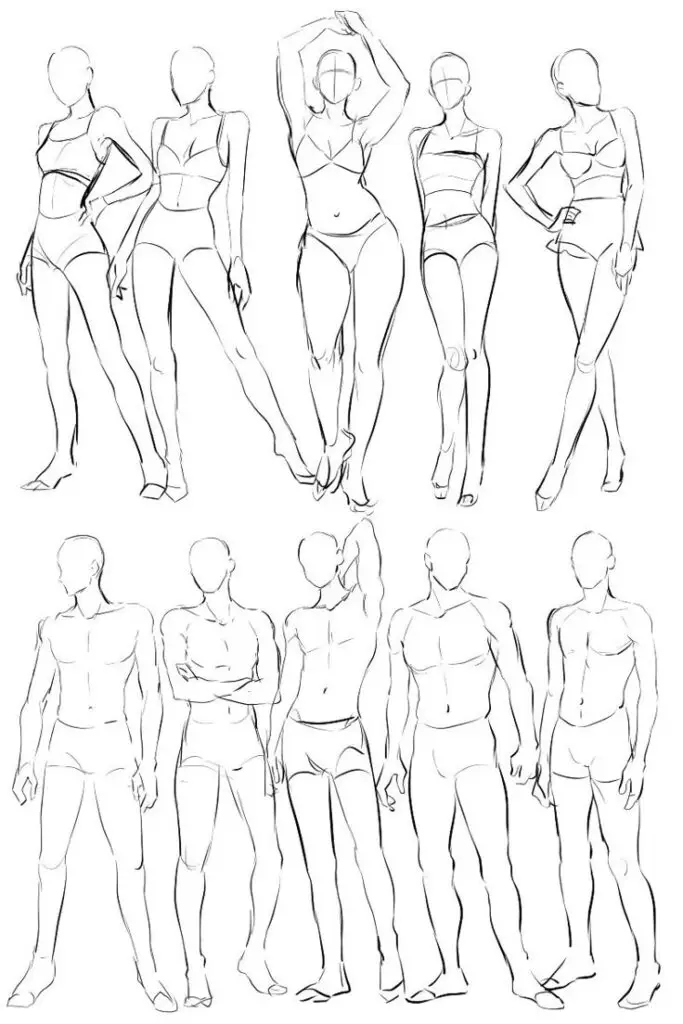
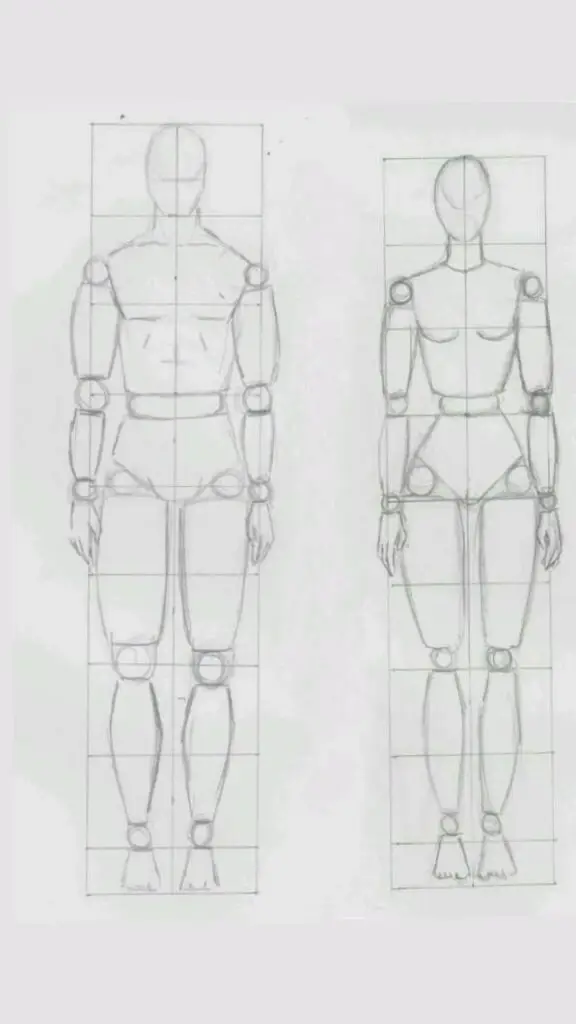
Beyond its technical benefits, body drawing is also a deeply personal and meditative process. It encourages artists to observe closely, connect with their subjects, and translate their perceptions onto paper or canvas. Whether you’re sketching a live model, working from photographs, or imagining a figure from your mind, body drawing is an exercise in patience, precision, and creativity.
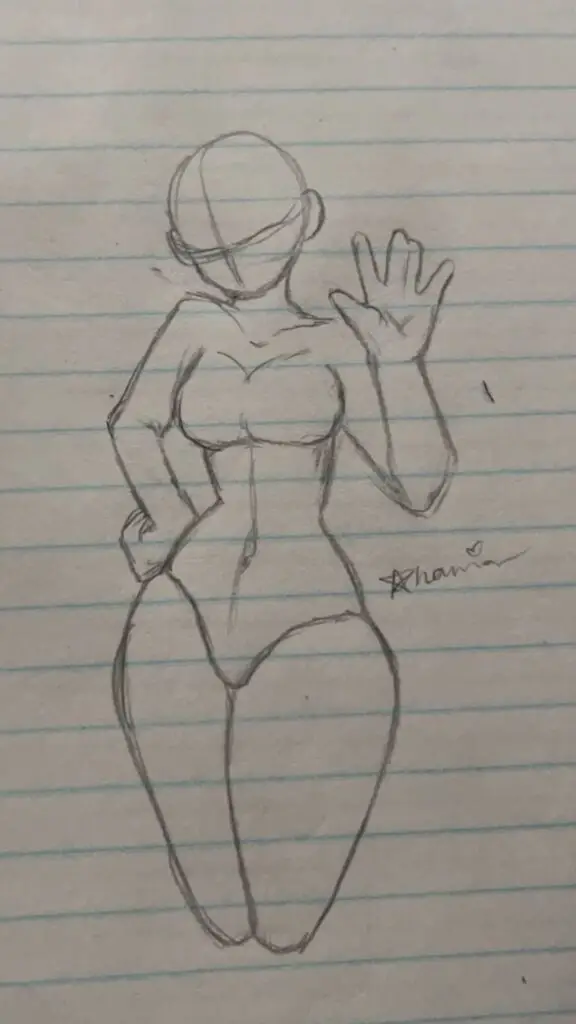

Essential Techniques for Body Drawing

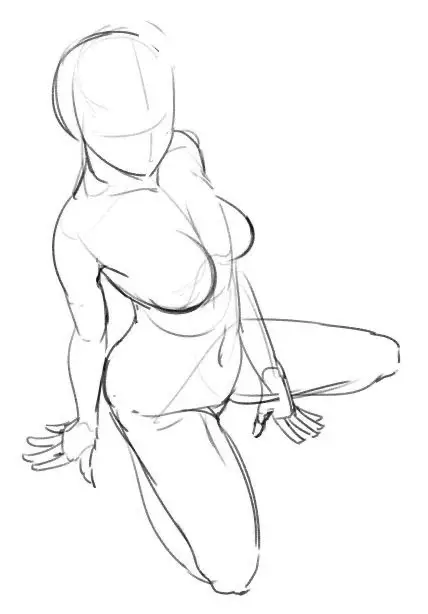
To create compelling and accurate body drawings, you’ll need to master a few key techniques. Here are some fundamental steps to guide you:
- Start with Basic Shapes
Before diving into details, break the body down into simple geometric shapes. Use circles, ovals, and cylinders to represent the head, torso, limbs, and joints. This approach, often called “blocking in,” helps you establish proportions and structure without getting overwhelmed by details. - Understand Anatomy
A basic understanding of human anatomy is invaluable for body drawing. Study the skeletal structure and major muscle groups to understand how the body moves and how forms connect. You don’t need to become a medical expert, but knowing key landmarks like the clavicle, pelvis, and spine will make your drawings more accurate and lifelike. - Focus on Proportions
Proportion is critical in figure drawing. A common guideline is that the average adult human body is about 7.5 to 8 heads tall. The head, shoulders, hips, and limbs should align in a balanced way. Use reference points, such as the halfway mark of the body (usually around the pelvis), to ensure your proportions are consistent. - Capture the Gesture
Gesture drawing is a quick, loose sketch that captures the pose and energy of the figure in just a few lines. Start with short, timed sketches (30 seconds to 2 minutes) to train your eye to see the flow and rhythm of the body. This technique is especially useful for dynamic poses and helps you avoid stiff or overly rigid drawings. - Work with Light and Shadow
To give your drawings depth and volume, pay attention to how light falls on the body. Identify the light source and use shading to define the contours of muscles, the roundness of limbs, and the planes of the face. Cross-hatching, stippling, or blending techniques can add texture and realism to your work. - Practice Line Confidence
Strong, confident lines can make your drawings more expressive and dynamic. Avoid sketchy, hesitant strokes by practicing with continuous lines and varying their thickness to suggest depth and weight.
Tools and Materials
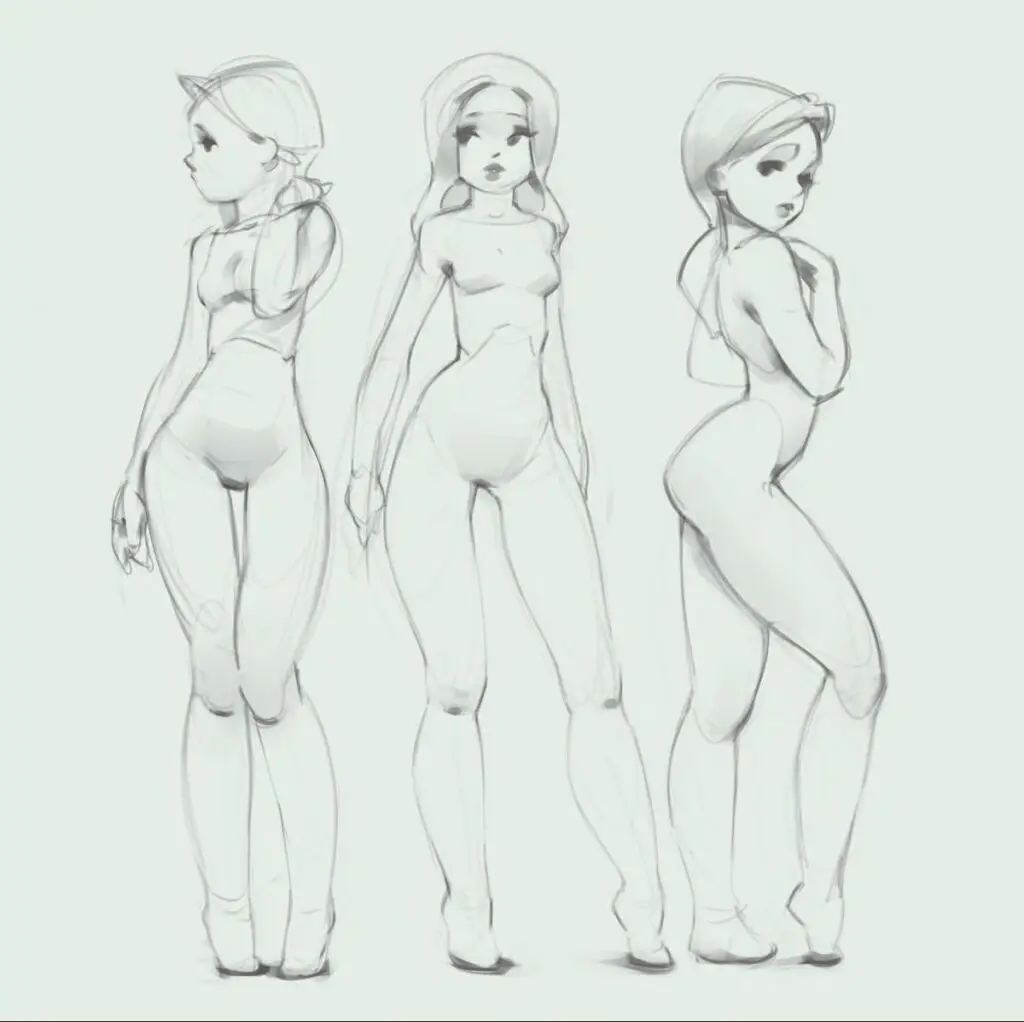
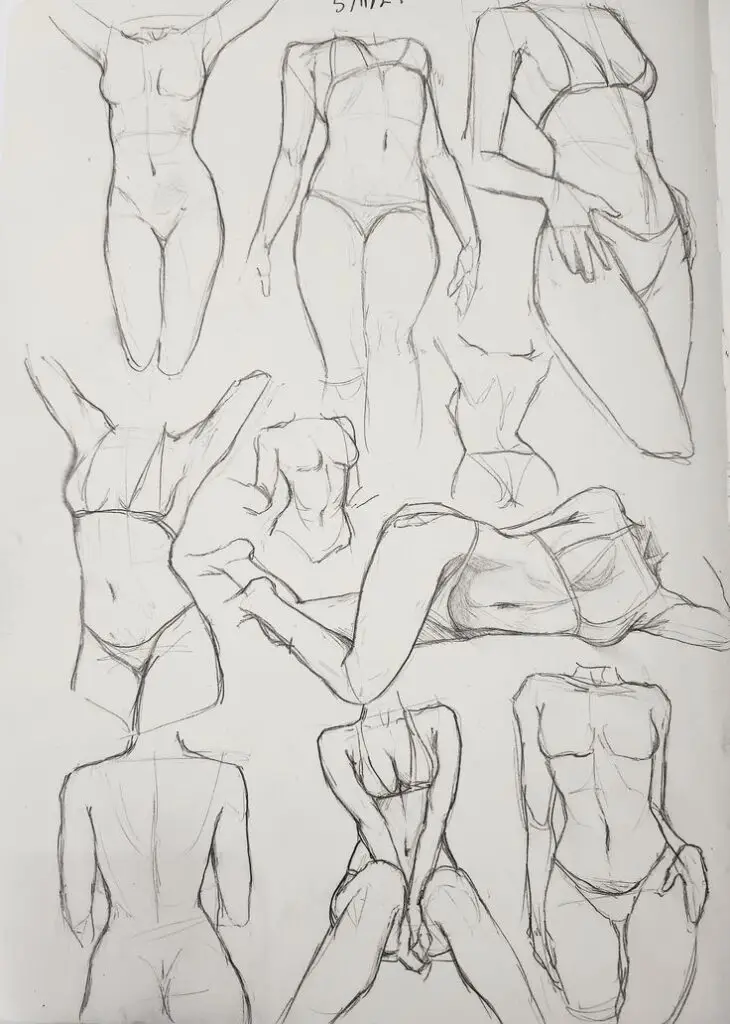
You don’t need fancy supplies to get started with body drawing. Here are some basic tools to consider:
- Pencils: Graphite pencils (HB, 2B, 4B) are versatile for sketching and shading.
- Charcoal: Great for bold, expressive lines and rich contrasts.
- Paper: Use sketch paper or a drawing pad with a bit of texture for better control.
- Erasers: A kneaded eraser is ideal for lifting graphite or charcoal without damaging the paper.
- Digital Tools: If you prefer digital drawing, software like Procreate or Adobe Photoshop with a drawing tablet can offer flexibility and endless experimentation.
Tips for Improvement
- Draw from Life
Whenever possible, attend life drawing sessions or sketch people in real-world settings. Observing a live model helps you understand how the body moves and how light interacts with it in real time. - Use References
Photos, anatomy books, and online resources can be excellent references when live models aren’t available. Websites like Posemaniacs or QuickPoses offer free pose references for practice. - Practice Regularly
Like any skill, body drawing improves with consistent practice. Set aside time each day or week to sketch, even if it’s just for 10-15 minutes. Over time, you’ll notice significant progress. - Study the Masters
Look at the works of artists like Michelangelo, Leonardo da Vinci, or contemporary figure artists. Analyze how they approach anatomy, proportion, and movement, and incorporate those lessons into your own work. - Experiment with Styles
Don’t be afraid to explore different styles, from realistic renderings to abstract interpretations. Experimenting with exaggeration, stylization, or minimalism can help you develop a unique artistic voice.
Finding Inspiration

If you’re feeling stuck, inspiration can come from many sources:
- Nature: Observe how animals and humans move in their natural environments.
- Photography: Study the composition and lighting in portrait or fashion photography.
- Dance and Sports: Watch dancers, athletes, or performers to see the body in motion.
- Art Communities: Join online forums, social media groups, or local art classes to connect with other artists and share your work.
Overcoming Common Challenges
Body drawing can be intimidating, especially for beginners. Here are some common challenges and how to address them:
- Proportions Feel Off: Use guidelines and measure with your pencil or a ruler to check proportions.
- Poses Look Stiff: Focus on gesture drawing and exaggerate the pose slightly to add energy.
- Hands and Feet Are Hard: Break them down into simple shapes and practice them separately until you feel more comfortable.
- Lack of Confidence: Start with short, low-pressure sketches and gradually increase complexity as you gain confidence.
Final Thoughts


Body drawing is a journey of discovery, patience, and growth. It’s an art form that challenges you to see the world—and yourself—in new ways. Whether you’re drawing for personal fulfillment, professional development, or simply to explore your creativity, the process is as rewarding as the results. So grab your sketchbook, find a pose, and start drawing. With time and practice, you’ll not only improve your skills but also develop a deeper appreciation for the beauty and complexity of the human form.
Happy drawing!
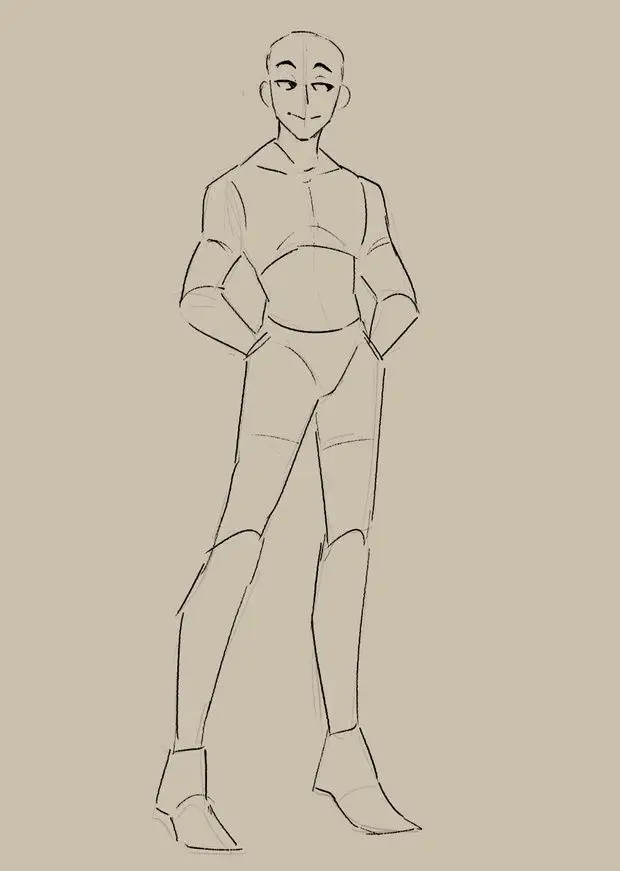
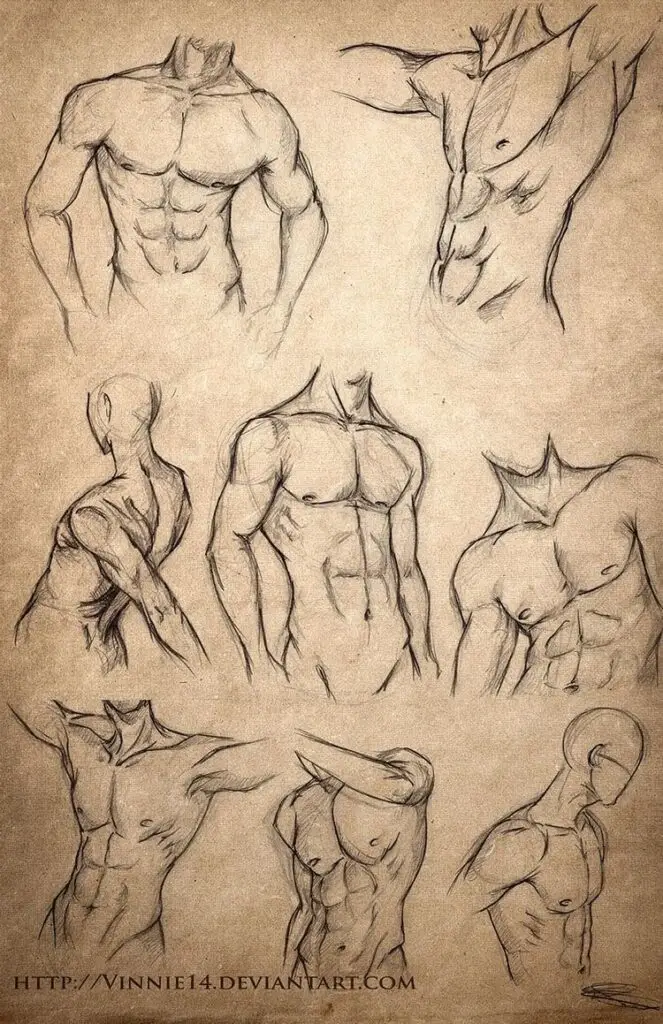
This article is designed to be informative, engaging, and helpful for readers interested in body drawing. Let me know if you’d like any adjustments!
- 6.1Kshares
- Facebook0
- Pinterest6.1K
- Twitter0



